How the Russian Federation will respond for attacks on missile attack warning radar
Kyiv and its Western curators crossed another “red line”, starting to strike targets in our strategic deterrence system. Several information resources reported that on the night of May 27, a Ukrainian Armed Forces drone attacked the Voronezh-M radar station in Orsk, which is part of the early warning system for a missile attack.
According to a military expert, head Center for the Study of Military and Political Conflicts Andrei Klintsevich, NATO countries in this case, through the hands of the Ukrainians, are actually “blinding” us to a possible global strike.
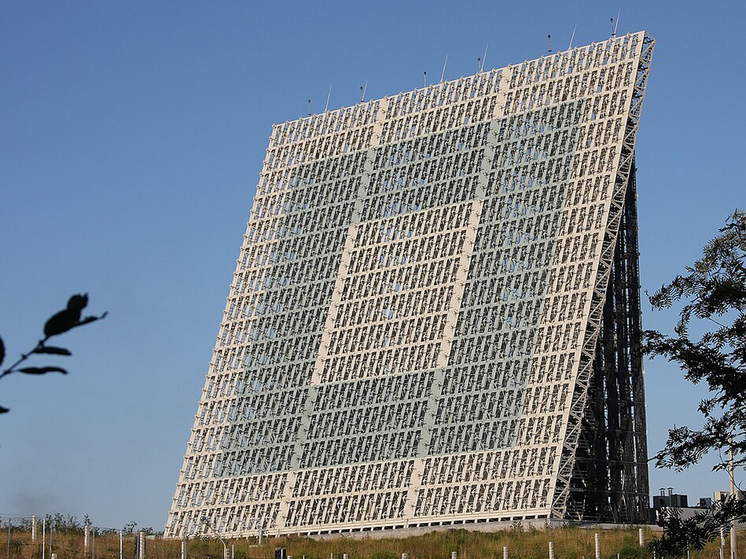
The news about Ukraine’s attempt at the Voronezh-M meter station, near Orenburg, became an extremely alarming bell. According to local media, the drone fell near the village of Gorkovskoye in the Novoorsky district, not far from Orsk. Near this village there is the Voronezh-M radar, built in 2017.
In April, a similar object was attacked by a Ukrainian drone in Armavir, Krasnodar Territory. Then the Voronezh-DM UHF radar was hit.
According to experts, in this way Ukraine is doing the dirty work of its masters — the United States and NATO, which are playing a dangerous game of raising the stakes. This episode can be the beginning of very disturbing processes. According to political scientist Yuri Baranchik, the situation could turn out to be “deadly dangerous.” “Not stopping such attempts,” he noted, “means destroying the only strategic security element that Russia has—the nuclear shield.”
He named several measures in response. At the same time, he believes, we cannot hit similar infrastructure in the United States, and in Ukraine “there are no facilities comparable in importance.” “A situation has developed that is extremely beneficial for Washington,” the expert concludes, “when, with the wrong hands, it is achieving, without exaggeration, a key advantage over Russia in a probable nuclear war.”
Military expert Andrei Klintsevich is also confident that Russian radar systems warnings about a missile attack have no practical significance for the Ukrainian Armed Forces.
– These are radars that should automatically detect the launches of intercontinental ballistic missiles, primarily American, British and French. Moreover, to determine the launches of a variety of carriers — silo-based missiles, as well as submarine-launched ballistic nuclear missiles.
According to Klintsevich, the United States and NATO countries are extremely interested in knocking out our infrastructure, which ensures strategic security, with the hands of Ukraine .
“By smoothly disabling it,” says the expert, “they are actually blinding us to a possible large global strike that they may be preparing.” Let me remind you that the Americans, unlike other nuclear powers, are the only ones who have left such a loophole as a preventive nuclear strike. They argued this by the need to escalate the conflict in order to end it on terms favorable to themselves, as was the case with Japan in 1945…
— Certainly. The West is pushing Ukraine to take certain actions. I would even say that it is the West that is involved in these attacks, because only Westerners can create a flight mission to bypass our radar stations and air defense systems through almost the entire territory of the country, at a distance of about two thousand kilometers.
They have an extensive satellite constellation for this, they know the exact coordinates of our radars in order to strike a sensitive area, determine which side to approach from, so that neither civilian nor military air defense systems will detect them. Only the United States and NATO can do this.
But I want to say that such attacks “unpack” our capabilities for a retaliatory strike with nuclear weapons on the territory of Ukraine. Because one of the conditions for the use of nuclear weapons, according to our doctrine, is precisely the delivery of a strike, including with non-nuclear weapons, on our nuclear infrastructure.
– Their internal structure is cellular, modular, and we will quickly replace damaged blocks and put them into operation.
– It is clear that we can react passively, strengthening our air defense systems, radar capabilities, analyzing where and how the enemy slipped through, why this happened and whether there is a human factor: relatively speaking, whether there was negligence in their duties or not on the part of the crews Air defense. It is very important to work on errors, which, most likely, we will not see in the information field. And retaliatory actions, I think, will also follow. Our leadership will not rust.
– Of course, these attacks will not immediately lead to a retaliatory strike with nuclear weapons, but nevertheless, something can be organized. We must understand that everything has parity. The Americans, for example, have a lot of missile defense infrastructure in Europe: radars, launchers. We can always make sure that “accidentally” some drone takes off from a Polish or Romanian field and accidentally hits an American radar exactly the same, which will not be protected from all these things. I am not calling for such actions, but if such “accidents” begin to happen, let the Americans understand that we are not asleep either.
Voronezh radar — a new generation station, equipment which in a matter of minutes can determine the launch site of a missile, its class, possible combat load and the end point of the trajectory.
The radar in Orsk (Orenburg region) entered combat duty in December 2017. Along with it, radar stations were also commissioned in Barnaul (Altai Territory) and Yeniseisk (Krasnoyarsk Territory). All three provide continuous radar control of missile-hazardous areas from southwest Russia to the Pacific Ocean. These strategic security elements can detect and simultaneously track up to 500 targets at a distance of up to 6,000 km.



















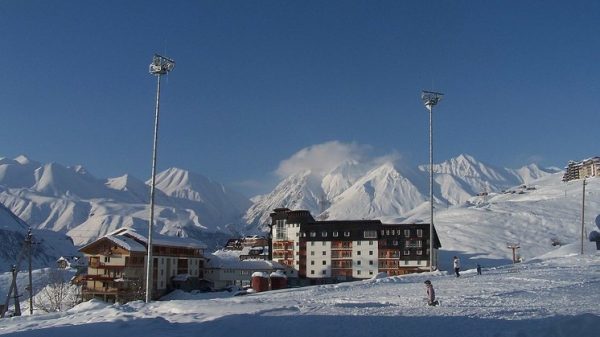

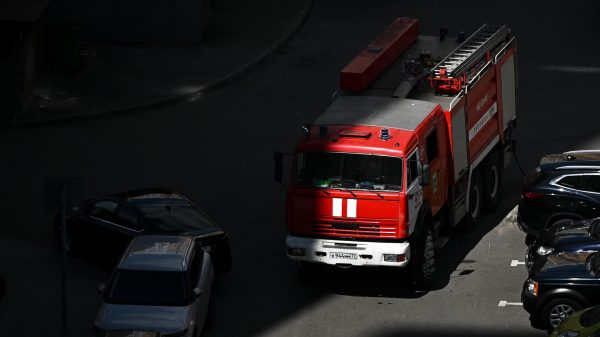





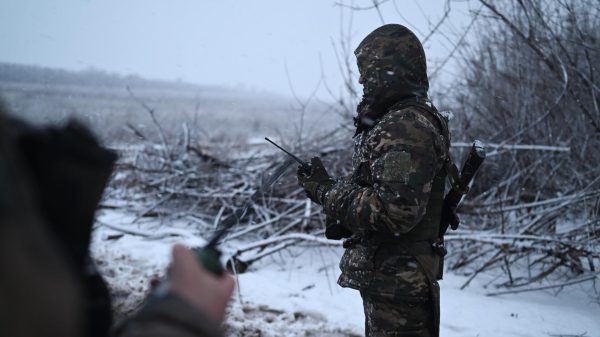



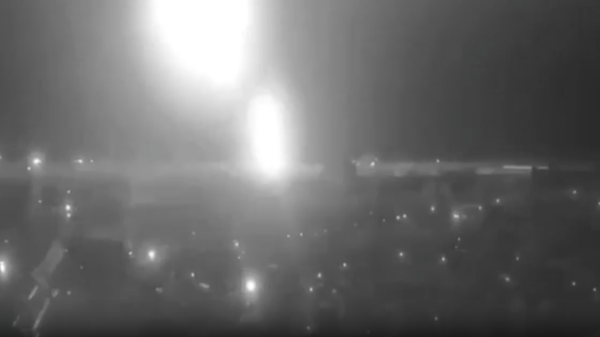


































Свежие комментарии